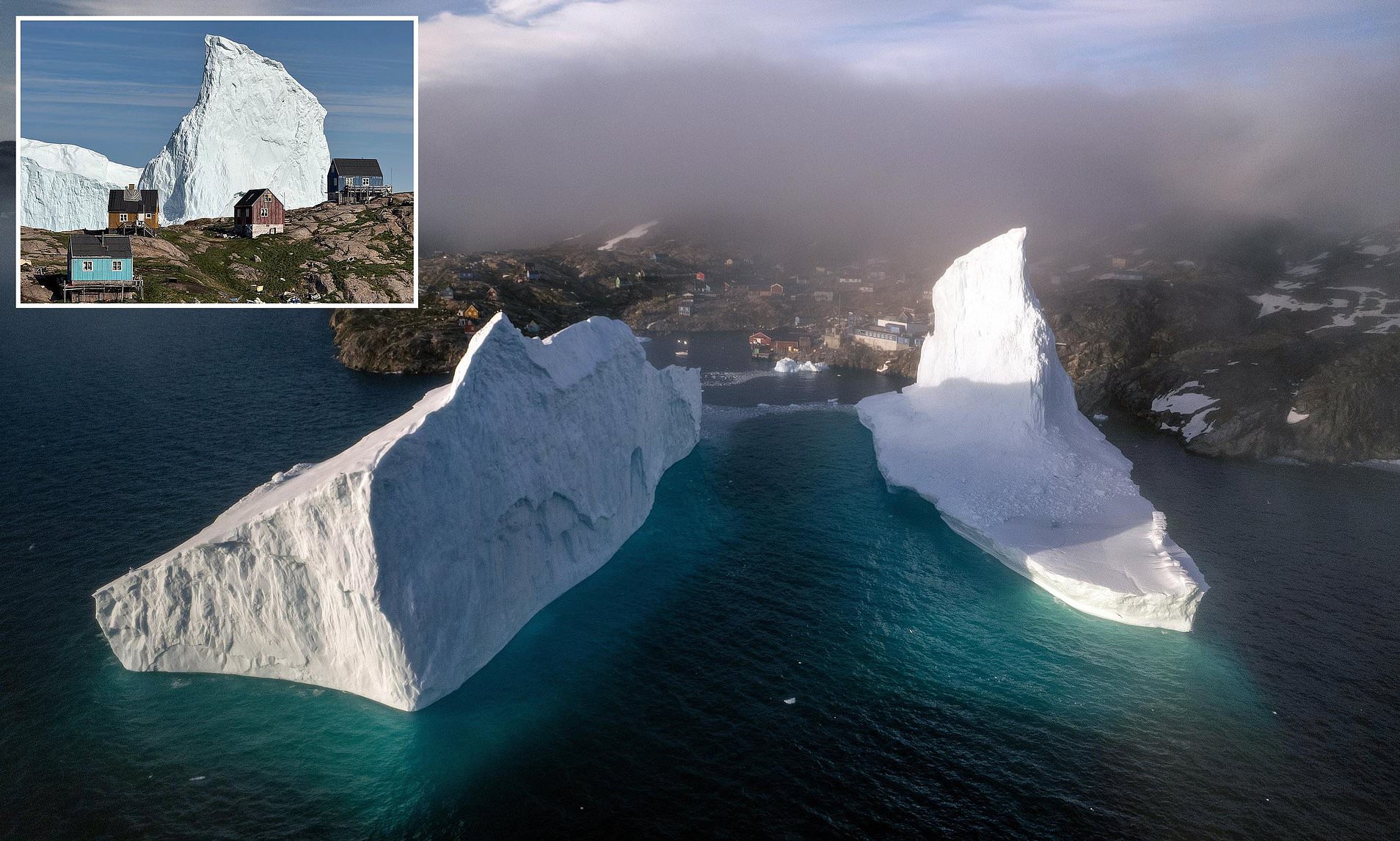Unusual Iceberg Threatens Coastal Town in Greenland
Incredible images have captured a massive iceberg drifting dangerously close to the shoreline in Greenland, raising concerns among local authorities and residents. The towering ice structure is now near the harbor in Innaarsuit, prompting officials to issue public warnings.
The iceberg has been inching closer to key locations such as the Royal Greenland fish factory and a local food store, where visitors are being urged to exercise caution. Emergency services have advised families not to travel in groups toward the store and have specifically warned individuals with mobility challenges to be extra careful when walking to the area. Additionally, they have reminded people to be cautious while navigating the waters around the settlement.
Avannaata Municipality emphasized that emergency services are monitoring the situation closely and are prepared if the iceberg were to break apart. This precaution highlights the potential risks associated with such large floating ice structures.
Dennis Lehtonen, a local worker, shared insights about the iceberg’s movements. He mentioned that the iceberg initially arrived in the village about a week ago but seemed to drift away. However, it returned to Innaarsuit on Monday and has remained nearly stationary since then. As a result, the Avannaata Kommunia issued an official warning, leading to the temporary closure of the fish factory where he works, along with the small shop.
Lehtonen also noted the mixed reactions from locals. While some expressed concern, many were intrigued or even excited by the sight of the iceberg. “I’ve asked the locals about their feelings for the iceberg. Some say they’re worried, but there are plenty of people who are sort of excited (like me),” he said.
This event follows another unusual occurrence just weeks earlier, when a fisherman spotted a black iceberg off the coast of Canada. Hallur Antoniussen, originally from the Faroe Islands, was aboard a fishing trawler when he came across the striking sight. He described the iceberg as unique, noting its dark color and diamond-like shape. “It’s not only that he is all black. He is almost…in a diamond shape,” he said.
Antoniussen, 64, found it challenging to estimate the iceberg’s size due to its distance—approximately six kilometers away. However, he believes it was at least three times the size of a typical bungalow.
Icebergs are typically white because they contain tiny pockets of trapped air that scatter light. The rare phenomenon of a black iceberg can be attributed to the presence of debris that became mixed with the ice thousands of years ago. As glaciers move toward the ocean, they grind against the ground, picking up debris that becomes incorporated into the ice.
These unusual occurrences highlight the dynamic nature of glacial environments and the ongoing impact of climate change on polar regions. As icebergs continue to calve from glaciers and drift into coastal areas, communities must remain vigilant and adapt to these changing conditions.







